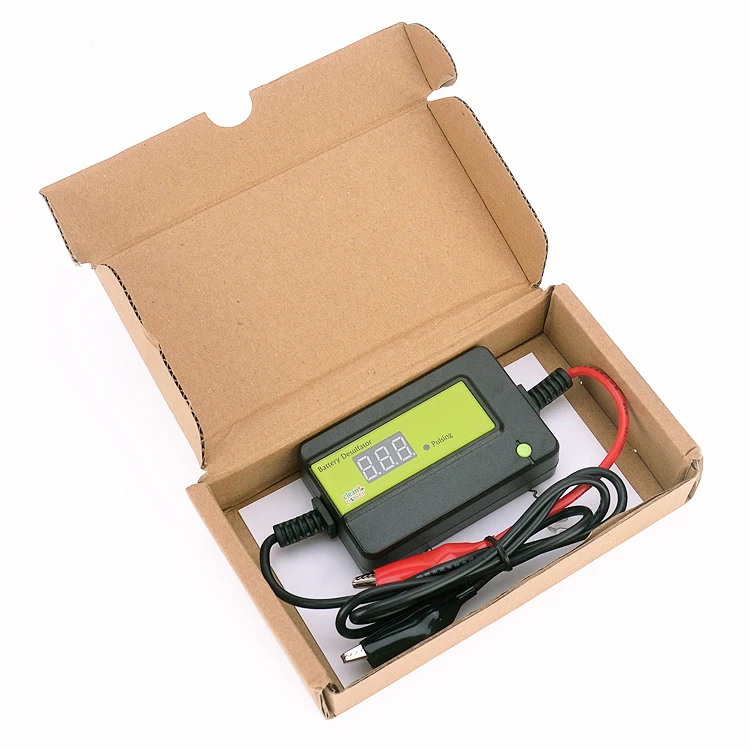

This is probably due to a reconditioning (reforming) process of the battery plates by the application of Pulse Technology or continuous pulsation. In this same period of time, the charge of the battery attached to a product using pulse technology slightly increased. After 14 weeks the decrease of charge capacity accounted for about 25% of the battery’s original capacity. The decrease of charge capacity of batteries stored without pulsation decreased in a linear fashion with time. A battery stored under the influence of pulsation (Pulse Technology) retained its original capacity while the capacity of the battery stored without pulsation lost a considerable amount of charge.

The batteries were stored at a constant temperature of 25☌ (77☏) for 14 weeks. The final report lists the following results: “There is a distinctive difference in the charge capacity between these two batteries. During the Oakland University study, testing was also done on stored batteries to determine how this patented Pulse Technology would affect military vehicles that sit unused for long periods of time.These microscopic changes, kind of an electro-mechanical stirring or cleaning action on the plate surface, greatly improve a battery’s ability to accept and store more energy. It shows a more even distribution of lead sulfate crystals over the surface area of the battery plates. It also revealed a significant reduction in the size of the lead-sulfate crystals. The X-ray diffraction data confirmed the positive effects of the application of this patented Pulse Technology on the battery plate morphology. During these studies, these crystalline buildups were regularly investigated by X-ray diffraction methods.These extensive evaluations began in the summer of 1998 and concluded in the Fall of 2000. Pulse Technology has been scientifically validated through extensive test studies conducted with Oakland University in Rochester, Michigan and Ohio State University in Columbus, Ohio. PulseTech contracted with Oakland University in Rochester, Michigan and Ohio State University in Columbus, Ohio to conduct separate evaluations of the technology.

The patented Pulse Technology incorporated into these products will remove sulphation from the battery plates and will prevent premature failure and extend battery life up to five times.

PowerPulse® is available in 12-volt, 24-volt, 36-volt and 48 volt configurations.No electrical outlet is needed because PowerPulse® draws a small portion of the current from the battery. Safe and reliable, it works on all lead-acid batteries, including conventional flooded, sealed maintenance-free, VRLA, AGM, gel cell, antimony, hybrid and calcium-plate designs. This small, weatherproof product is used as a supplement to your existing charging system.This results in batteries that maintain their state of charge much longer and more readily accept re-charge, dramatically extending battery life, up to five times. PowerPulse® applies high frequency pulsing cycles (not high voltage pulsing) into batteries that work to continuously dissolve and reduce both the number and size of lead sulphate deposits on battery plates.Over time, lead sulphate deposits form on battery plates and limit the surface area available for energy transfer and reduces the battery’s ability to accept, store and release energy.PowerPulse® is not a battery charger, as charging doesn’t eliminate the main cause of premature battery failures.The PowerPulse® battery desulfator is designed to maximise battery life and performance in equipment and vehicles that is used frequently.


 0 kommentar(er)
0 kommentar(er)
